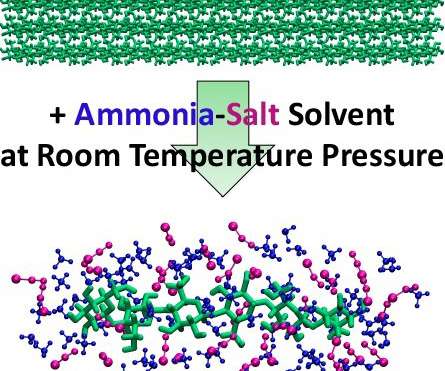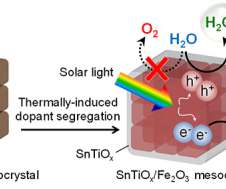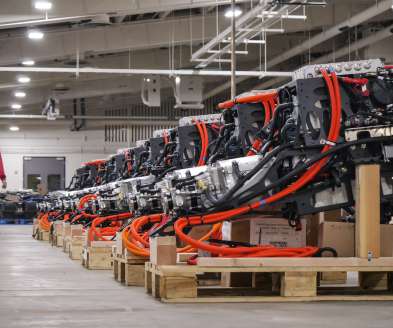Ammonia-salt solvent pretreatment for biomass could significantly reduce cost of cellulosic biofuels
Green Car Congress
JANUARY 15, 2020
Similar processes could greatly reduce the cost of producing biofuels from waste biomass like corn stalks and leaves. Speeding up the conversion of cellulose into sugars such as glucose with enzymes requires suitable solvents or heat- and/or chemical-based pretreatments. —lead author Shishir P. Shishir P.








































Let's personalize your content